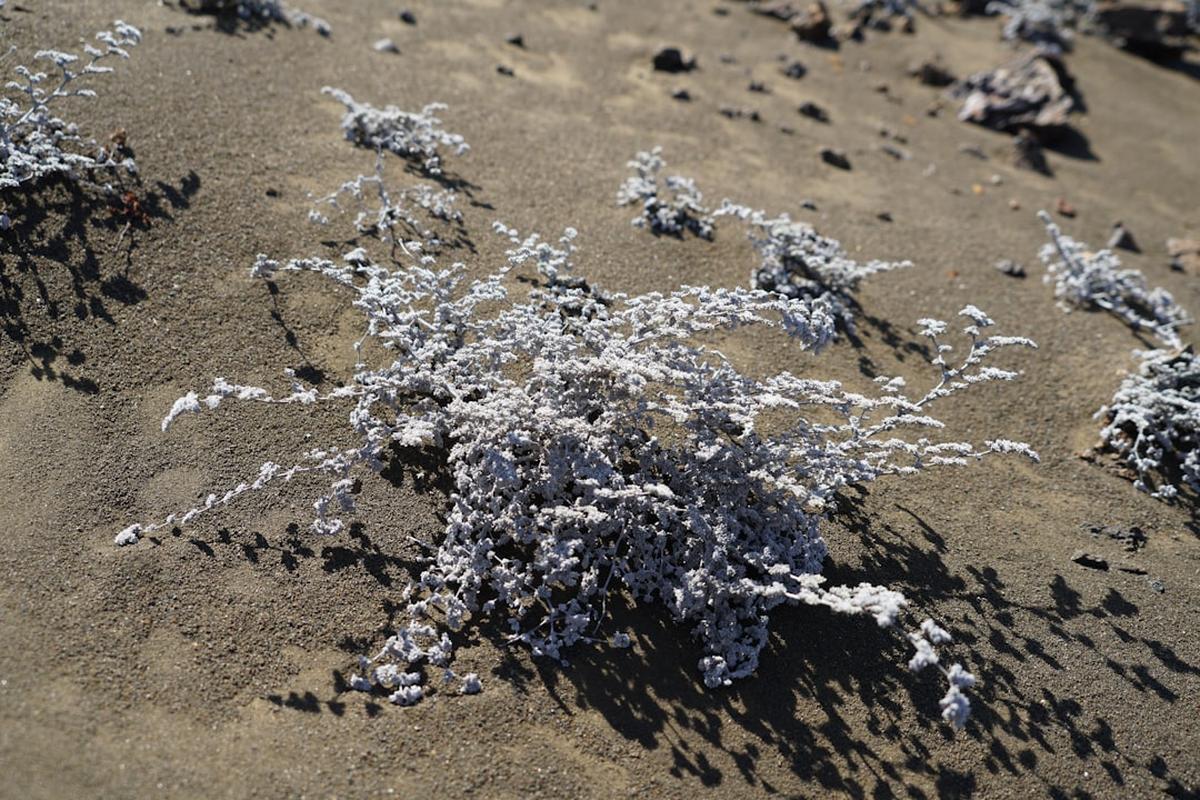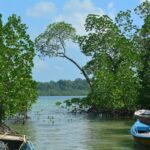Brief Overview of the Galapagos Islands
The Galapagos Islands, a volcanic archipelago in the Pacific Ocean, is renowned for its unique wildlife and rich biodiversity. This UNESCO World Heritage site, located about 1,000 kilometers off the coast of Ecuador, has been the subject of numerous scientific studies and explorations, most notably by Charles Darwin, who developed his theory of evolution based on his observations here.
Importance of Understanding the Insect Life in Galapagos
Understanding the insect life in the Galapagos is crucial for several reasons. Insects play a vital role in the ecosystem, aiding in pollination, decomposition, and serving as a food source for other species. Additionally, certain insects, like mosquitoes, can transmit diseases, making it essential for visitors to be aware of their presence and take necessary precautions.
The Question: Does Galapagos Have Mosquitoes?
General Perception about Mosquitoes in Galapagos
Many visitors assume that the Galapagos Islands, with their unique and isolated ecosystem, are free from common pests like mosquitoes. This perception is likely due to the islands’ remote location and the stringent biosecurity measures in place to prevent the introduction of non-native species.
The Reality of Mosquito Presence in Galapagos
Contrary to popular belief, mosquitoes do exist in the Galapagos Islands. These insects have been able to reach the islands by hitching rides on boats and planes, and have since established populations. However, the prevalence and impact of mosquitoes in the Galapagos are significantly less than in other tropical regions.
Insect Life in the Galapagos Islands
Diversity of Insects in Galapagos
The Galapagos Islands are home to a wide array of insects, many of which are endemic to the region. These include various species of beetles, butterflies, ants, and yes, mosquitoes. Each island has its unique insect fauna, contributing to the overall biodiversity of the archipelago.
Role of Insects in the Galapagos Ecosystem
Insects play a crucial role in the Galapagos ecosystem. They help in pollination, thus aiding in the reproduction of plants. Insects also serve as a food source for various bird and reptile species. Furthermore, insects contribute to the decomposition process, breaking down organic matter and recycling nutrients back into the soil.
Mosquitoes in the Galapagos: A Closer Look
Types of Mosquitoes Found in Galapagos
The Galapagos Islands are home to two species of mosquitoes: the endemic Aedes taeniorhynchus and the introduced Culex quinquefasciatus. The latter is of particular concern as it is a known vector of various diseases.
Mosquito-Borne Diseases and Their Prevalence in Galapagos
While mosquitoes in the Galapagos can carry diseases, the prevalence of mosquito-borne illnesses is relatively low. This is largely due to the islands’ isolation and stringent biosecurity measures. However, the presence of Culex quinquefasciatus poses a potential risk, and ongoing monitoring is necessary to prevent outbreaks.
Other Biting Insects in the Galapagos
Common Biting Insects in Galapagos
Apart from mosquitoes, other biting insects in the Galapagos include sandflies and certain species of ants. While these insects can cause discomfort, they are generally not known to transmit diseases.
Potential Risks and How to Protect Yourself
Despite the low risk, it’s still important for visitors to protect themselves from insect bites. Wearing long-sleeved clothing, using insect repellent, and avoiding outdoor activities at dawn and dusk when mosquitoes are most active can help reduce the risk of bites.
The Importance of Insect Repellent in the Galapagos
Why You Should Bring Insect Repellent
Bringing insect repellent to the Galapagos is a must. Not only can it protect you from mosquito bites, but it can also deter other biting insects. Additionally, using repellent can help prevent the spread of diseases that these insects may carry.
Best Types of Insect Repellent for Traveling to Galapagos
When choosing an insect repellent for your trip to the Galapagos, look for products containing DEET, Picaridin, or Oil of Lemon Eucalyptus. These ingredients are known to be effective against a wide range of insects. Remember to apply the repellent as directed by the manufacturer for maximum protection.
Traveling from Galapagos to the Amazon
Differences in Insect Life between Galapagos and the Amazon
While the Galapagos and the Amazon are both rich in biodiversity, their insect life differs significantly. The Amazon, being a tropical rainforest, has a much higher density and diversity of insects, including mosquitoes. Therefore, visitors traveling from the Galapagos to the Amazon should be prepared for a different set of challenges.
Essential Precautions to Take When Traveling to the Amazon
When traveling to the Amazon, it’s crucial to take additional precautions against insect bites. This includes using a stronger insect repellent, wearing protective clothing, and considering prophylactic medications for diseases like malaria. It’s also advisable to get vaccinated against Yellow Fever, a mosquito-borne disease prevalent in the Amazon region.
Tips for Dealing with Mosquitoes and Other Insects in the Galapagos
Preventive Measures to Avoid Insect Bites
To avoid insect bites in the Galapagos, wear light-colored, long-sleeved clothing and apply insect repellent regularly. Stay in accommodations with screened windows and doors, and consider using a bed net if sleeping outdoors. Avoid areas with stagnant water, where mosquitoes breed, and be extra cautious during dawn and dusk when mosquitoes are most active.
What to Do If You Get Bitten
If you do get bitten, avoid scratching the bite area as it can lead to infection. Apply a topical anti-itch cream or take an antihistamine to relieve itching. If you develop a fever or other symptoms after being bitten, seek medical attention immediately.
In conclusion
Recap of the Presence of Mosquitoes in Galapagos
While the Galapagos Islands do have mosquitoes, the risk of mosquito-borne diseases is relatively low compared to other tropical regions. However, it’s still important for visitors to take precautions to avoid bites and potential health risks.
Final Thoughts on Insect Life in the Galapagos
Insect life in the Galapagos is diverse and plays a crucial role in the ecosystem. Understanding these insects, including mosquitoes, can enhance our appreciation of this unique archipelago and help us protect its delicate balance.
References:
- Peck, S. B. (1992). Diversity and distribution of the arthropod fauna of the Galapagos Islands. Memoirs of the Entomological Society of Canada, 125(S154), 1-55. Bataille, A., Cunningham, A. A., Cedeño, V., Patiño, L., Constantinou, A., Kramer, L. D., & Goodman, S. J. (2009). Evidence for regular ongoing introductions of mosquito disease vectors into the Galapagos Islands. Proceedings of the Royal Society B: Biological Sciences, 276(1674), 3769-3775. Causton, C. E., Peck, S. B., Sinclair, B. J., Roque-Albelo, L., Hodgson, C. J., & Landry, B. (2006). Alien insects: threats and implications for conservation of Galapagos Islands. Annals of the Entomological Society of America, 99(1), 121-143. Eisen, L., & Moore, C. G. (2013). Aedes (Stegomyia) aegypti in the continental United States: a vector at the cool margin of its geographic range. Journal of medical entomology, 50(3), 467-478.








